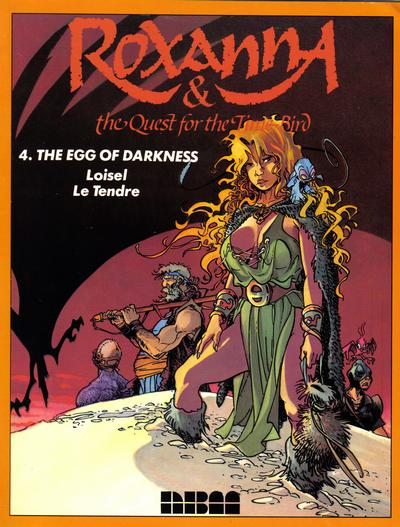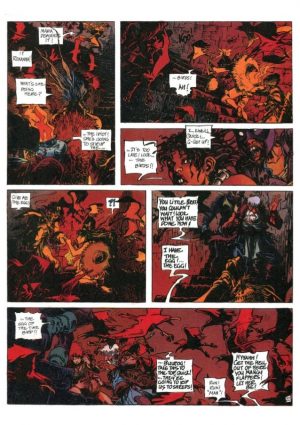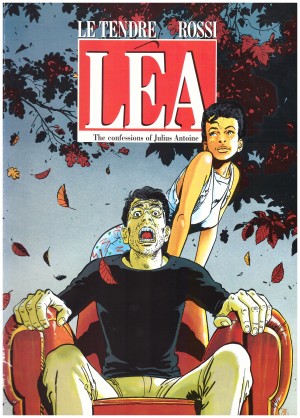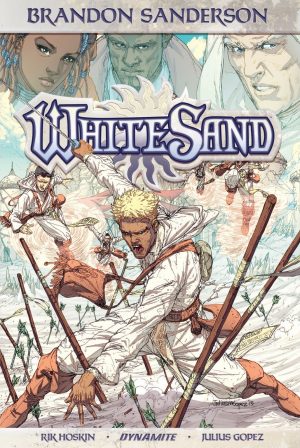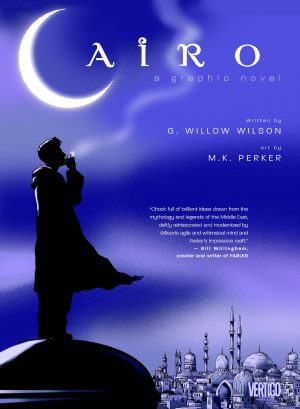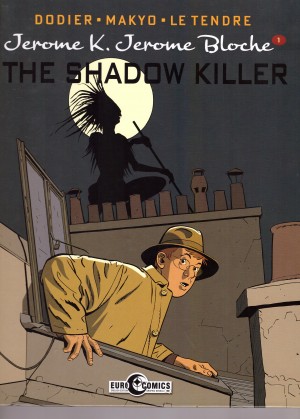Review by Ian Keogh
The world of Akbar is threatened by the imminent revival of a centuries-old threat. The sorceress Mara believes she can prevent this, but to do so needs the Time Bird, capable of stopping time. Her daughter Roxanna, aged warrior Bragon and a masked warrior have captured the first necessary object and determined the Time Bird’s location. In The Riege Master they crossed the lands leading to that peak, and are now heading towards it.
Until now Serge Le Tendre’s story has often been predictable, and although adventure and danger occur, it’s largely been standard fantasy, meaning artist Régis Loisel has been carrying a lot of the weight as far as the creative partnership goes. However, Le Tendre ups his game for The Egg of Darkness, infusing genuine surprises, and greater spirituality, at least to begin with.
Having been very restrained about exploiting Roxanna throughout the series, Loisel moves into more conventional late 20th century European fantasy territory by featuring a gratuitously naked young woman throughout The Egg of Darkness. Otherwise it’s his usual incredibly polished art with a really high work rate. There’s a point early on where the cast are threatened by a massive flock of birds, yet how many other artists would go to the trouble of really convincing about the density of birds the way Loisel does on the sample page. He stuns elsewhere, never letting the level of detail slip, although on occasion, combined with the primitive colouring, this can lead to panels where it’s difficult to make out what’s going on.
Le Tendre’s imagination fails him again for a padded middle section. It took the travellers a long time through dangerous territory to reach their goal, but Le Tendre would have better applied some artistic licence permitting them to return more quickly for an extended finale. A subplot suggests that Mara may not be as benign as others believe, or that she may have been corrupted, and that would have been better explored more comprehensively. However, in the final stretch Le Tendre ups his game again, dropping one hell of a surprise concerning Roxanna, while the ending itself is touching and tragic.
Roxanna’s story begins as standard fantasy with a very good artist who continues to let his imagination fly, but the final two volumes still read well. However, NBM’s 1980s editions were very welcome in an era when translations of European graphic novels were few, but the gold standard is now Titan’s 2015 The Quest for the Time Bird. It combines all four volumes in a re-coloured edition with a superior translation, and also restores Roxanna’s original name of Pelisse.
